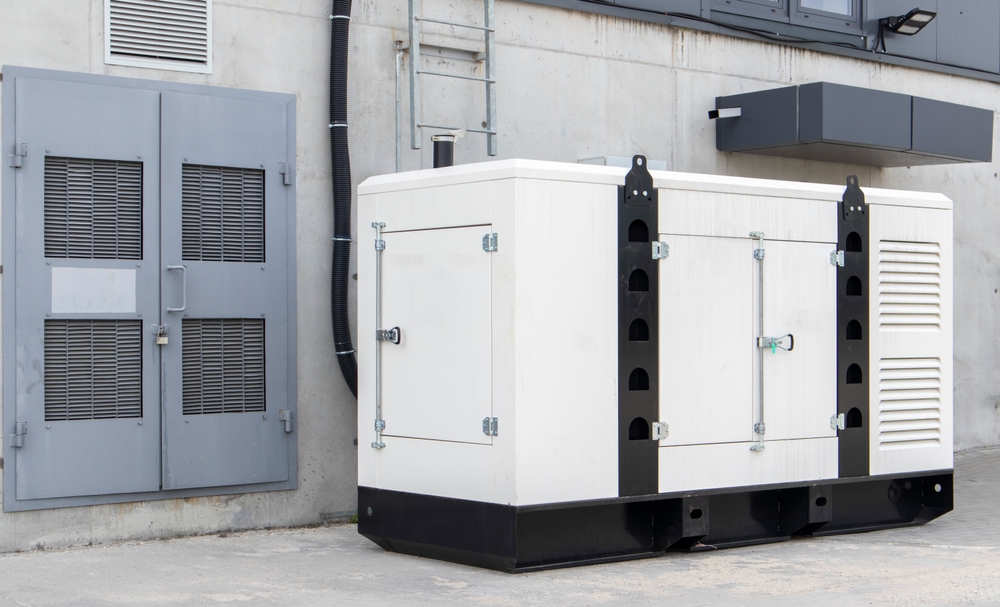How to Winter-Proof Outdoor Generators for Continuous Operation

When temperatures plummet and stress electrical grids, outdoor generators become lifelines for uninterrupted power. But cold weather isn’t easy on machinery. Freezing conditions thicken fluids, drain batteries, and stress components, making winter preparation vital. A few simple winterization steps can go a long way in keeping your generator powered on through winter, so your systems can continue to operate without skipping a beat.
The case for pre-winter preparation
Some pre-winter prep — ideally before the first frost — keeps it ready for whatever the season brings. Start by checking hoses, belts, and seals for cracks or damage. Then, top off fluids and check oil levels. Use winter-grade oil and make sure the coolant and other necessary fluids are full. Cold temperatures also reduce battery power significantly, so be sure to inspect and service batteries as well. Clean corrosion from terminals, check for full charge capacity, and replace weak batteries. While you’re doing that, replace or clean air filters to prepare the generator for cold-weather operation.
Remember: prepping your generator for winter is just the start. You also need to take steps to keep it running reliably. Operating a generator in freezing temperatures requires small but important adjustments:
- Warm up the motor: A short warm-up period eases the strain of a cold start and helps fluids flow properly.
- Monitor performance: Keep an eye on temperature fluctuations, strange noises, or vibrations.
- Limit downtime: Generators left idle may face freezing or lubrication issues. Get them running periodically.
Need help with winterization?
Winter is upon us and GES is ready to help. Now through the end of the year, we’re offering 15% off on servicing costs for 3 or more units! Ship us your equipment for winterization and get it back to you before inclement weather hits with our industry-best turnaround time.

Fueling for cold weather performance
Cold weather demands special attention to fuel quality and storage practices. Cold temperatures can cause diesel and other fuels to gel, clogging lines and filters. Treated or winterized fuel prevents this. You should also keep fuel tanks in a temperature-controlled area, tightly sealed to prevent condensation or water contamination. Don’t forget to drain stale fuel if needed. Old or degraded fuel reduces efficiency and can damage your generator. Replace it with fresh, winterized fuel.
Keeping the elements at bay
Beyond seasonal servicing, remember that outdoor generators face snow and ice head-on. Protecting them from the elements prevents damage and guarantees consistent performance. Your winterization strategy should include:
- Using a weatherproof enclosure: A proper enclosure keeps precipitation out and helps maintain internal temperatures. Keep it ventilated to prevent overheating.
- Clearing surrounding snow and debris: Snow and ice can block ventilation or damage components. Regularly clean the area around your generator.
- Insulating components where needed: Insulating fuel lines and other critical components helps prevent freezing and promotes reliable operation.
- Securing connections and covers: High winds and ice buildup can damage loose covers or exposed wiring. Inspect and reinforce any vulnerable areas before winter weather hits.
Keep your generator ready for anything
Winter is tough, but your generator doesn’t have to struggle through it. With smart preparation, consistent upkeep, and a focus on the details, your equipment will be ready to handle whatever the season throws at it. Think of it this way: every inspection, every drop of winterized fuel, and every proactive step becomes an investment in peace of mind. When the power is on and the heat stays running, you won’t miss a beat — and that preparation pays off in full.
